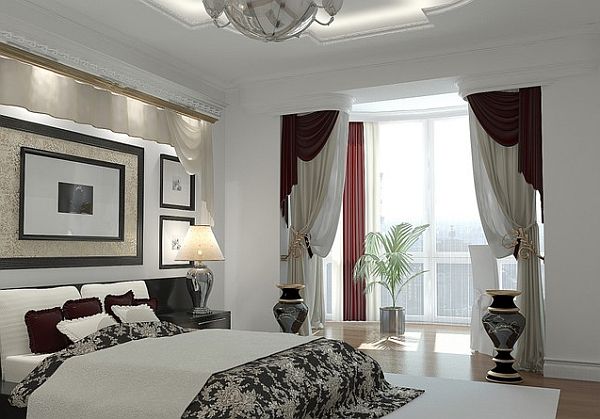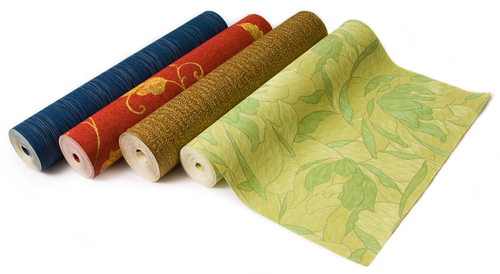1. FABRIC & COLOR
Fabric is an important consideration for curtains, because it lets the home breathe. The right fabric holds up for a longer time and sits beautifully. If fabrics are too heavy, they spill onto the entire window despite being drawn apart while light fabrics doesn’t often stay together. Besides, some materials allow the free flow of air, keep dust away, while there are others that can be too suffocating and increase dust collection and allergies in the home.
* Consider the drape of the fabric. Work with a big sample at the store itself and see how it falls.
* Consider the exposure to sunlight over time. If the room gets plenty of it, keep the colors light and pastel. Bright colors especially in cotton tend to fade faster and look drab.
* Consider the material – either a single choice or combination of choices. Most homes use a combination of light airy cotton and linen during the bright sunny day, and thick, dark velvet or suede as the light fades and it gets colder. Window curtains work best in silk, faux silk, cotton, linen and velvet. Sunny rooms work well with faux silk. If blocking the light and keeping the heat in is essential, then a thick, insulating felt material can be added to the thin material itself.
2. LENGTH & LINING
Before even selecting the fabric, think about how high above the window you want the curtains to begin. Such curtains give small rooms a sense of height.
To do this,
* Begin measuring from the top of the window + additional few inches of height of the hooks
* End the length with the curtains puddling on the floor (for a traditional look), and just lining the skirting (for a modern, contemporary look)
* Add 4″- 8″ of width on either sides with an additional 2″ for a fuller look of the curtain. This ensures that when drawn apart the curtains won’t spill into the window area.
3. READY MADE or TAILORED
Tailored window curtains have more benefits than readymade ones. Their dimensions can be customized as per window sizes, their custom panels are available in various design options and a variety of materials can be mixed and matched to suit different purposes.
Ready-made curtains are now available in a variety of designs and materials online. Since they are stitched to match standard dimensions, buying these and alternating them with custom curtains is reasonable as well as works for today’s homes and apartments. Buying better quality curtain material and stitching them is more durable and long lasting.
4. DRY CLEANED or HOME WASHING
This might sound unimportant, but it is essential to buy curtains based on the nature of washing that can save time and money in the long run. High quality curtains used for the living and bedroom need to be dry-cleaned or will get ruined quickly if washed at home. Cotton and other daily use curtains can be washed at home and re-used.
5. DIY OR CURTAIN CONSULTANTS
This is perhaps the most important question you need to ask yourself. Do you want to ‘Do It Yourself’ – decide the material, take measurements, shop around, buy the cloth and give it for stitching OR would you like a curtain consultant to come in and do it for you – plan the look, texture and finish, offer a selection of materials and have them stitched and hand-delivered within the comfort of your home?
Both the above have their advantages and disadvantages. While having a consultant come in and do it for you is hassle-free, saving you a few trips to the store, it can work out expensive unless you find a reasonable one who does good work. On the other hand, doing it yourself can save you money but will be too much of leg work in the long run.
Remember all the above points before you decide to purchase curtains for the home. Do your homework well, and you will find the curtains serving you for years together and lending their aesthetics to your space.










